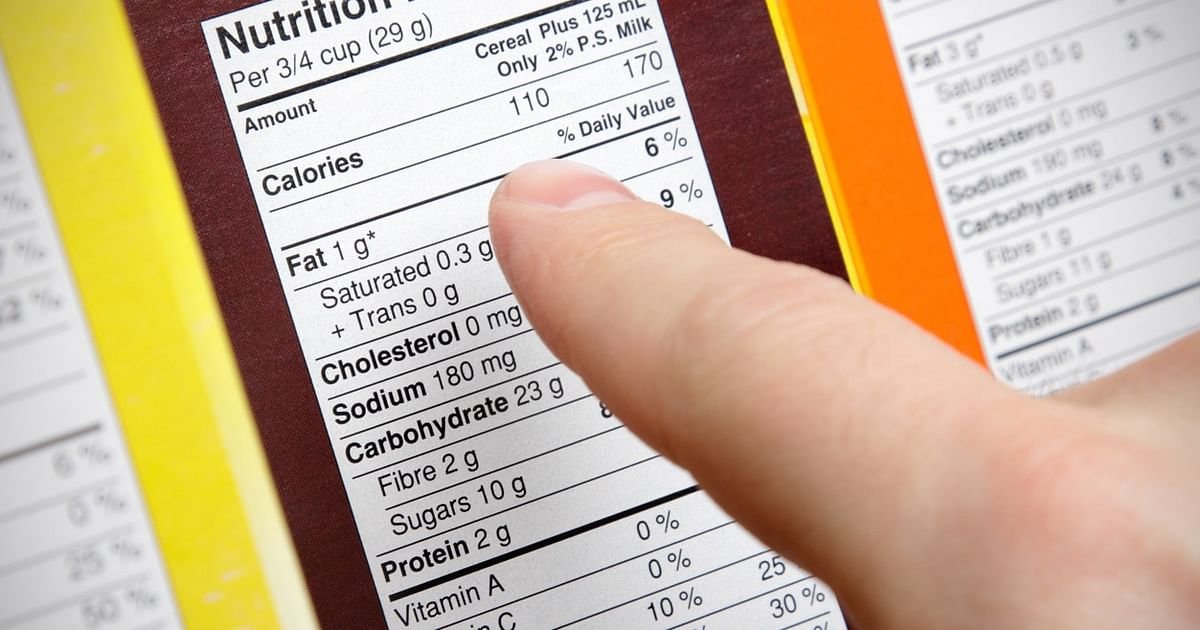However, products that claim to be made with real fruit may contain only 10 percent actual fruit pulp and may have added sugar or other additives.
Regarding “made with whole grains,” he said these words can be misunderstood. Such statements do not necessarily mean that the food is not tertiary or ultra-processed.
When a food label says “organic,” it simply means that it is free of all artificial preservatives, flavors, and colors, and that the food ingredients are free of pesticides and chemical fertilizers. may be.
If both of the above are met, the label can state that it is 100% organic and bear the “Jaivik Bharat” logo approved by FSSAI.
Additionally, people often associate sugar-free foods with low calories and perceive these foods to be beneficial for diabetics and weight watchers, the report said.
“Sugar-free foods may contain fat, refined grains (white flour, starches), and even hidden sugars (maltitol, fructose, corn syrup, molasses). It has a high glycemic index, meaning it is high in calories,” NIN said.
Although nutrition and health claims are regulated by the FSSAI, the guidelines recommend that consumers exercise caution by checking claims against ingredient and nutritional information on the label.
According to the guidelines, manufacturers may also use labels to make inaccurate and incomplete claims about their food products.
There is a common misconception that “Nutritional Facts” and “Nutritional Facts/Nutritional Claims” are the same thing.
A nutrition claim is any statement that suggests or implies that a food has specific nutritional properties.
Claims such as “low calorie”, “high fiber”, “low fat”, “low sodium”, etc. are not complete information. These must be substantiated by providing actual values or nutritional facts about the product.
The guidelines also recommend that the ‘manufacturing date’ and ‘use by date’ indicate that the quality and safety of the product may be compromised and that consumption beyond that date increases the risk of food poisoning.
The “serving size” is listed under the “nutritional information” on the label. This is one of the most important pieces of information on the label, as all nutrition facts listed in the guidelines are based on the serving size listed.
Serving sizes are listed several different ways on labels and depend on the food being mentioned. The most common units are grams, cups, scoops, and pieces. Even when serving sizes are listed differently, they tend to be listed in grams most of the time.
The guidelines also call for checking the net weight of the packet. This is the total amount of product included in the package. Nutritional information is typically based on 1 serving per 100g/100ml, but many packages may contain more than 2 servings or more than 100g or 100ml.
“Check how many servings per ml/g are used relative to the number of serving units used on the Nutrition Facts label. Depending on the amount of food being used, Evaluate calories and other nutrients,” the report says.
The Dietary Guidelines for Indians (DGI) has been drafted by a multidisciplinary expert committee headed by Dr. Hemalatha R, Director, ICMR-NIN, and has undergone several scientific reviews.

